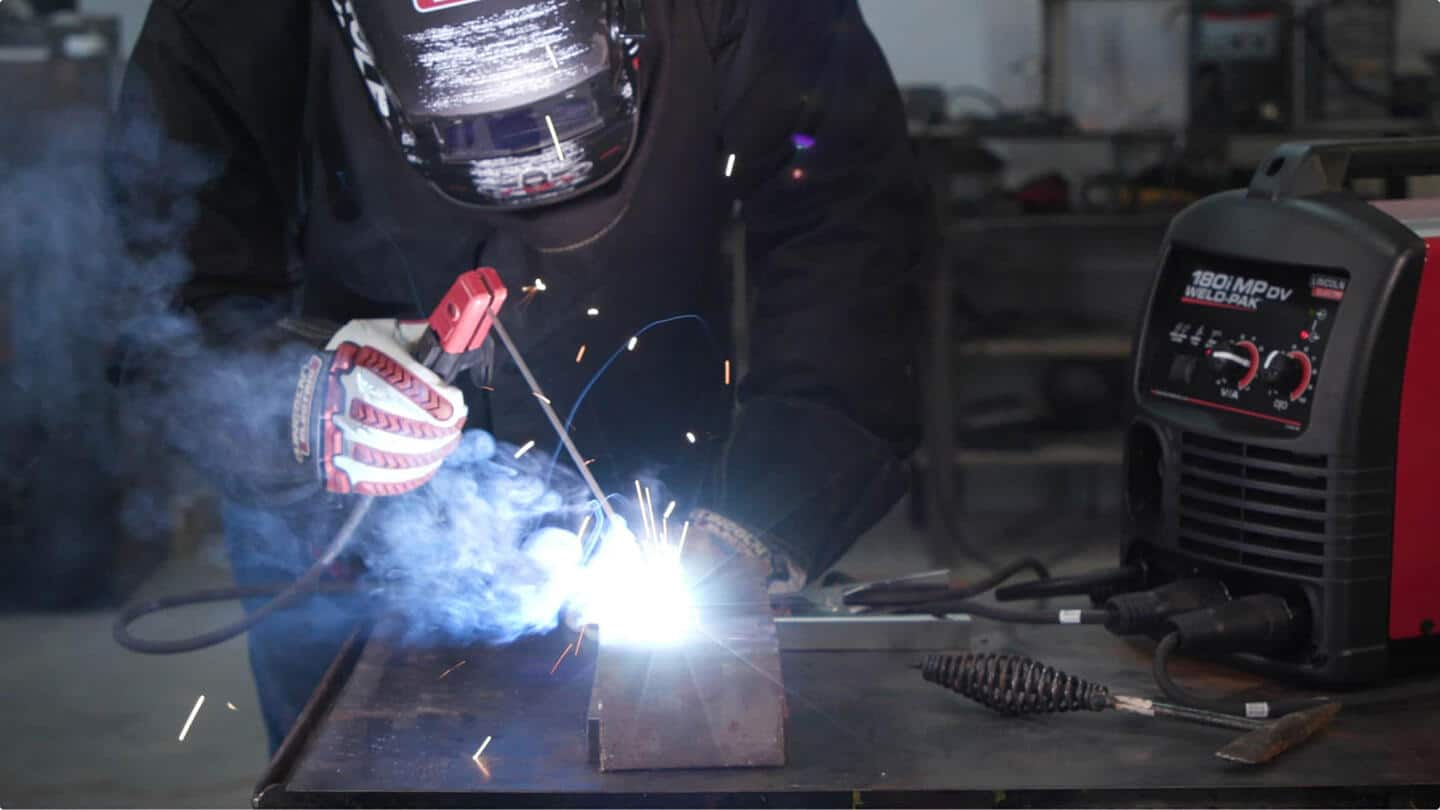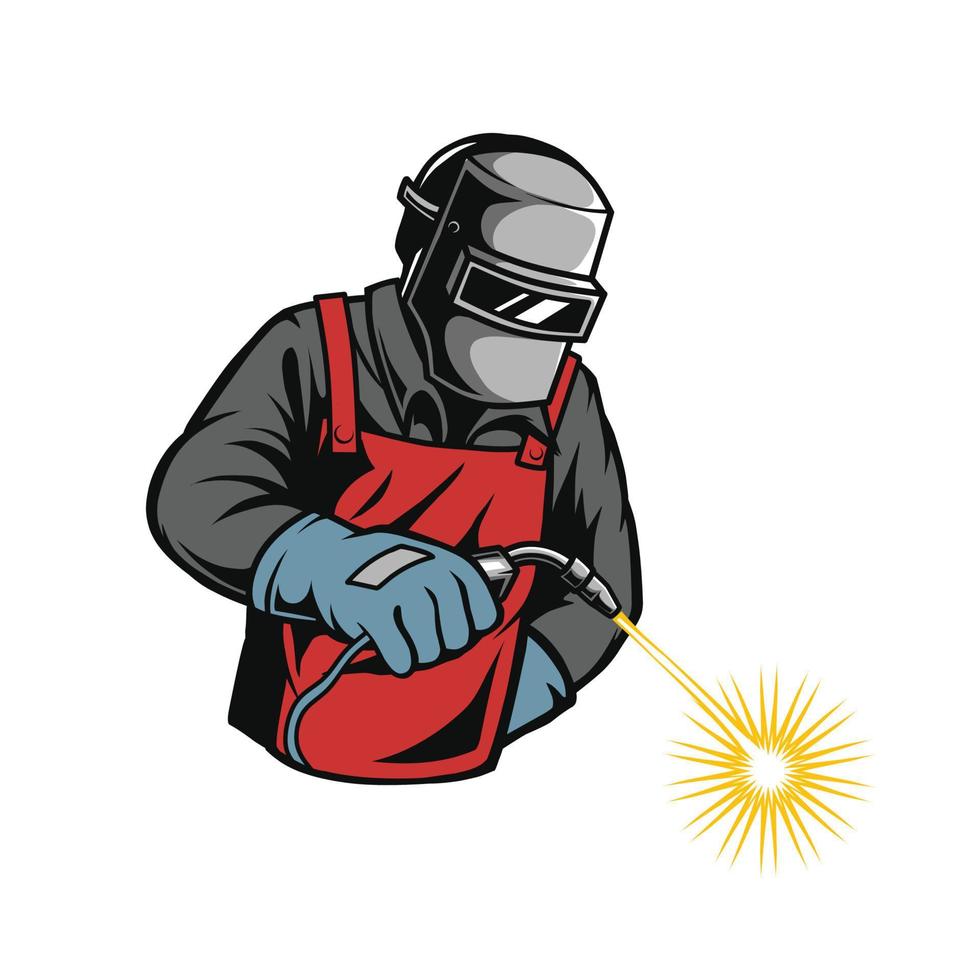Maximizing Your Welding WPS: Strategies for Improved Efficiency and Effectiveness
Maximizing Your Welding WPS: Strategies for Improved Efficiency and Effectiveness
Blog Article
Achieving Welding Quality: Unveiling the Tricks of WPS Execution and Optimization
In the realm of welding, achieving excellence is a pursuit that depends upon the thorough execution and optimization of Welding Treatment Specs (WPS) These foundational records act as the backbone of welding operations, determining the treatments and criteria essential for generating top quality welds constantly. Nevertheless, the keys to unlocking the complete potential of WPS exist not only in understanding its relevance but additionally in understanding the intricacies of its implementation and optimization. By diving right into the crucial elements, methods, difficulties, and finest practices related to WPS, a globe of welding quality awaits those that agree to explore its midsts.
Importance of WPS in Welding
The Significance of Welding Treatment Specifications (WPS) in the welding sector can not be overstated, functioning as the foundation for ensuring uniformity, top quality, and safety in welding procedures. A WPS offers in-depth instructions on how welding is to be performed, consisting of necessary variables such as products, welding processes, joint design, filler metals, preheat and interpass temperatures, welding currents, voltages, traveling speeds, and more. By sticking to a well-defined WPS, welders can maintain uniformity in their job, bring about regular weld top quality throughout various tasks.

Crucial Element of WPS
Going over the integral parts of a welding treatment requirements (WPS) is vital for understanding its function in welding procedures. A comprehensive WPS consists of several crucial elements that assist welders in achieving high quality and uniformity in their work. One crucial facet of a WPS is the welding procedure specification, which details the details welding processes to be utilized, such as gas tungsten arc welding (GTAW) or secured steel arc welding (SMAW) Additionally, the WPS includes information on the welding products, such as the type and specs of the base metal and filler metal to be utilized. The WPS additionally specifies crucial variables like welding parameters, preheat and interpass temperature level needs, and post-weld heat therapy procedures. In addition, it includes information on joint design, fit-up, and any kind of special strategies or preventative measures necessary for the welding operation. By integrating these crucial elements into the WPS, welding procedures can be standard, ensuring quality, efficiency, and safety in welding operations.
Techniques for WPS Optimization

Second of all, training and certification of welding employees according to the particular demands of the WPS is extremely important. Giving detailed training programs and making certain that welders are licensed to perform treatments outlined in the WPS can lead to higher quality welds and decreased rework.
Furthermore, leveraging modern technology such as welding software and tracking systems can help in maximizing WPS. These tools can aid in monitoring variables, ensuring parameters are within specified limitations, and supplying real-time responses to welders, allowing them to make prompt modifications for improved weld high quality.
Usual Obstacles and Solutions
Dealing with obstacles in executing the strategies for WPS optimization can hinder welding procedures' performance and quality. One common challenge is inadequate training or understanding of the welding procedure specs (WPS) among the welding team. This can lead to improper execution of welds, resulting in defects and rework. To address this, extensive training programs ought to be implemented to make sure that all welders are proficient in using and analyzing WPS precisely.
Another obstacle is the lack of proper documentation and record-keeping, which is essential for WPS optimization. Without clear documents of welding specifications, products utilized, and inspection outcomes, it becomes difficult to determine locations for renovation and guarantee uniformity in welding procedures. Implementing a durable paperwork system, such as digital welding monitoring software application, can aid improve record-keeping and promote data evaluation for continuous renovation.
Furthermore, irregular welding devices calibration and maintenance can position a substantial difficulty to WPS optimization. Routine equipment checks, calibration, and maintenance schedules need to be followed strictly to make sure that welding parameters are precisely controlled and kept within the specified resistances (welding WPS). By addressing these typical difficulties with aggressive solutions, welding procedures can boost efficiency, high quality, and overall welding excellence
Ideal Practices for WPS Application
To make sure effective WPS implementation in welding operations, adherence to sector standards and precise attention to information are vital. When initiating WPS execution, it is critical to begin by extensively recognizing the details welding requirements of the job. This entails a detailed testimonial of the welding treatment requirements, products to be welded, and the ecological conditions in which the welding will take location.
As soon as the needs are clear, the next step is to select the appropriate welding treatment that lines up with these specs. This involves seeking advice from the relevant codes and criteria, such as those offered by the American Welding Society (AWS) or the International Company for Standardization (ISO), to make sure conformity and top quality.
Furthermore, documenting the entire WPS implementation process is necessary for traceability and top quality control. Detailed documents ought to be kept relating to welding criteria, product prep work, preheat and interpass temperatures, welding consumables used, and any deviations from the original treatment. discover here Normal audits and testimonials of the WPS can aid determine locations for renovation and make certain recurring optimization of the welding procedure.


Verdict
In final thought, the implementation and optimization of Welding Treatment Specifications (WPS) is vital for achieving welding excellence. By recognizing the crucial elements of WPS, executing reliable techniques for optimization, resolving typical obstacles, and complying with ideal methods, welders can make sure premium welds and safe working conditions. It is important for experts in the welding sector to focus on the proper execution of WPS to boost total welding performance and attain desired outcomes.
The Significance of Welding Procedure Specs (WPS) in the welding industry can not be overstated, serving as the foundation for making sure consistency, high quality, and safety and security in welding procedures. A WPS provides in-depth instructions on exactly how welding is to be lugged out, including vital variables such as products, welding Clicking Here processes, joint advice design, filler steels, interpass and preheat temperatures, welding currents, voltages, travel speeds, and a lot more. One critical facet of a WPS is the welding procedure requirements, which outlines the specific welding processes to be used, such as gas tungsten arc welding (GTAW) or protected steel arc welding (SMAW) By including these essential elements into the WPS, welding treatments can be standard, making certain high quality, effectiveness, and safety in welding operations.
It is vital for experts in the welding industry to focus on the proper execution of WPS to enhance overall welding performance and achieve desired end results.
Report this page